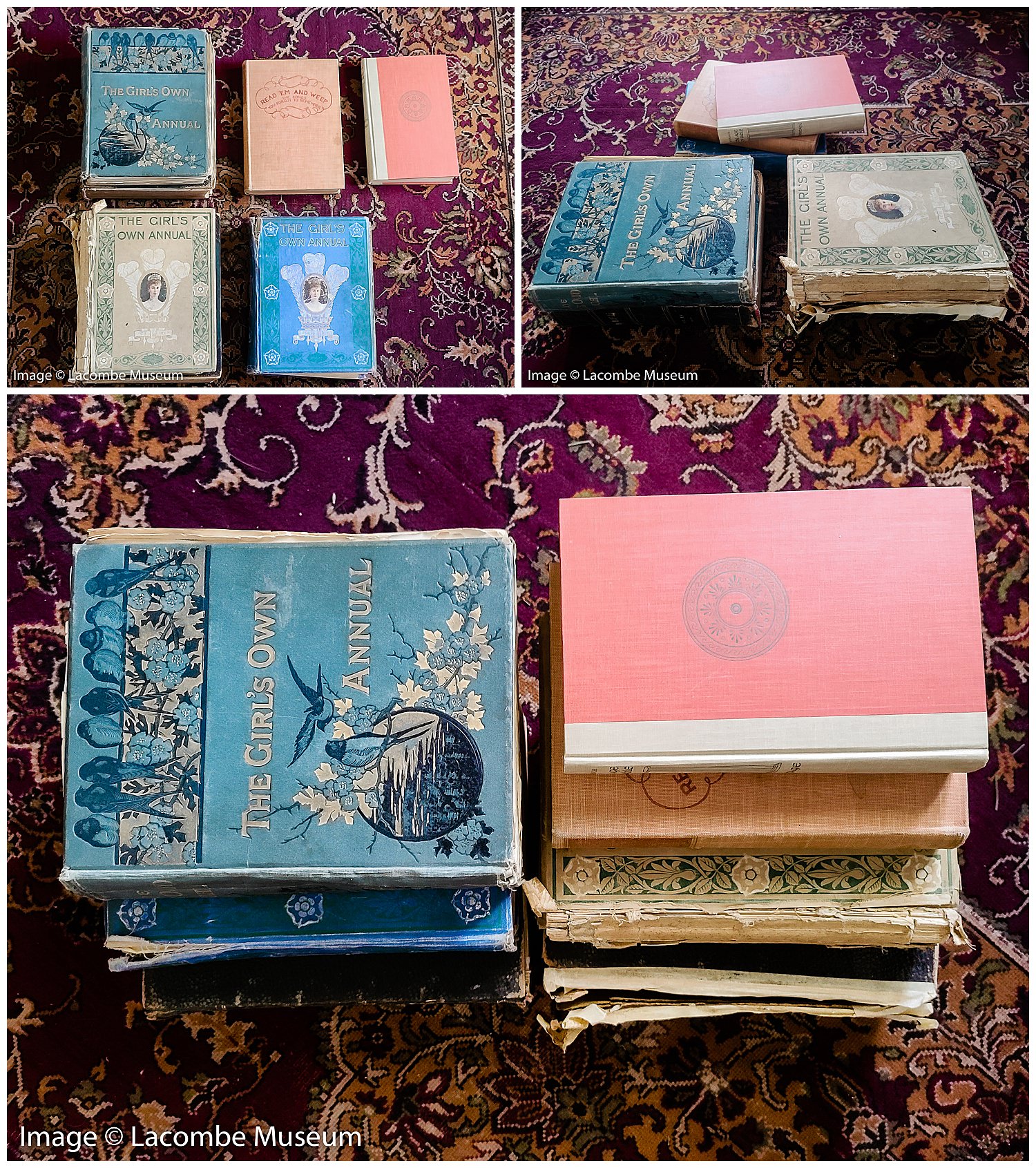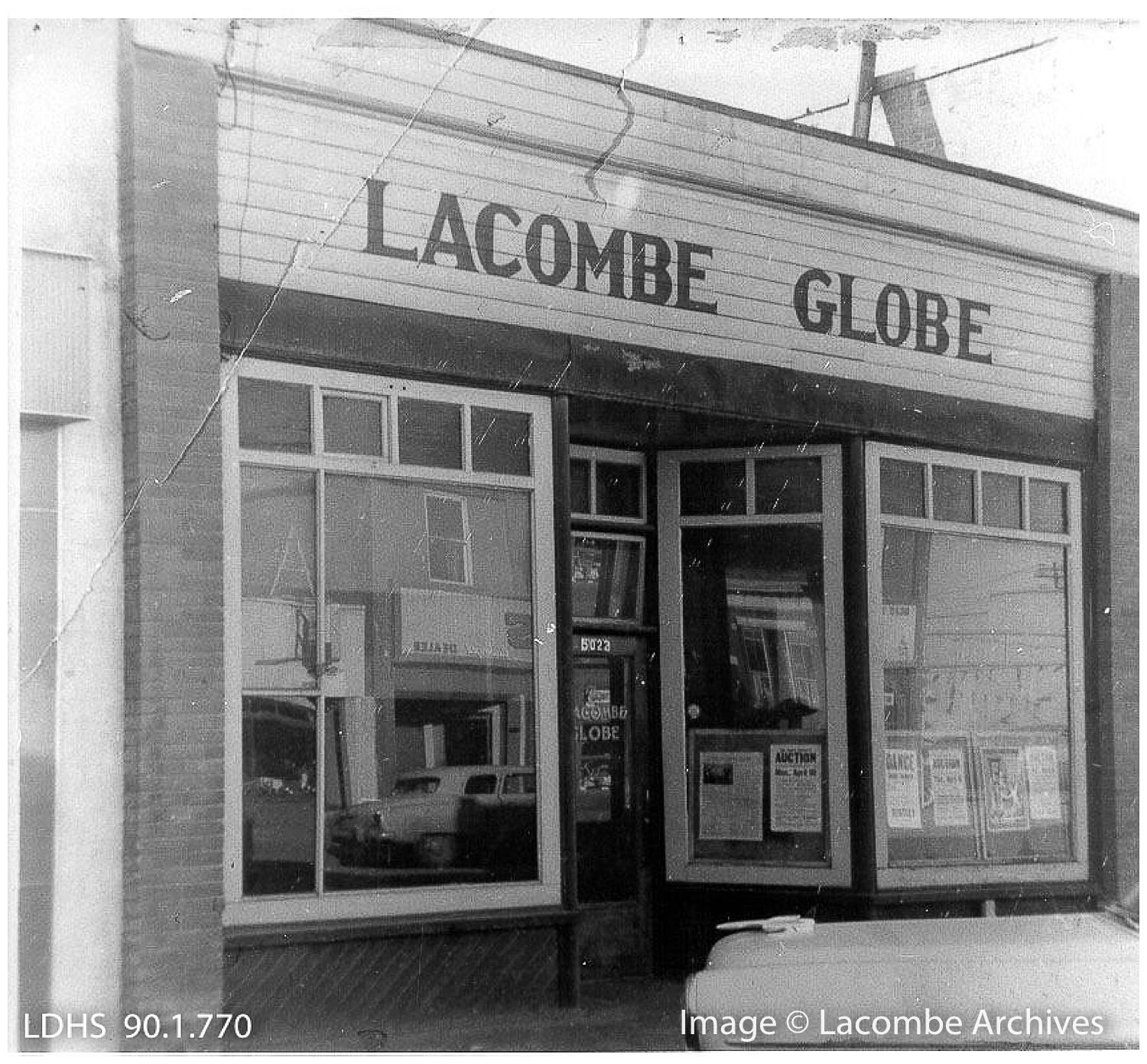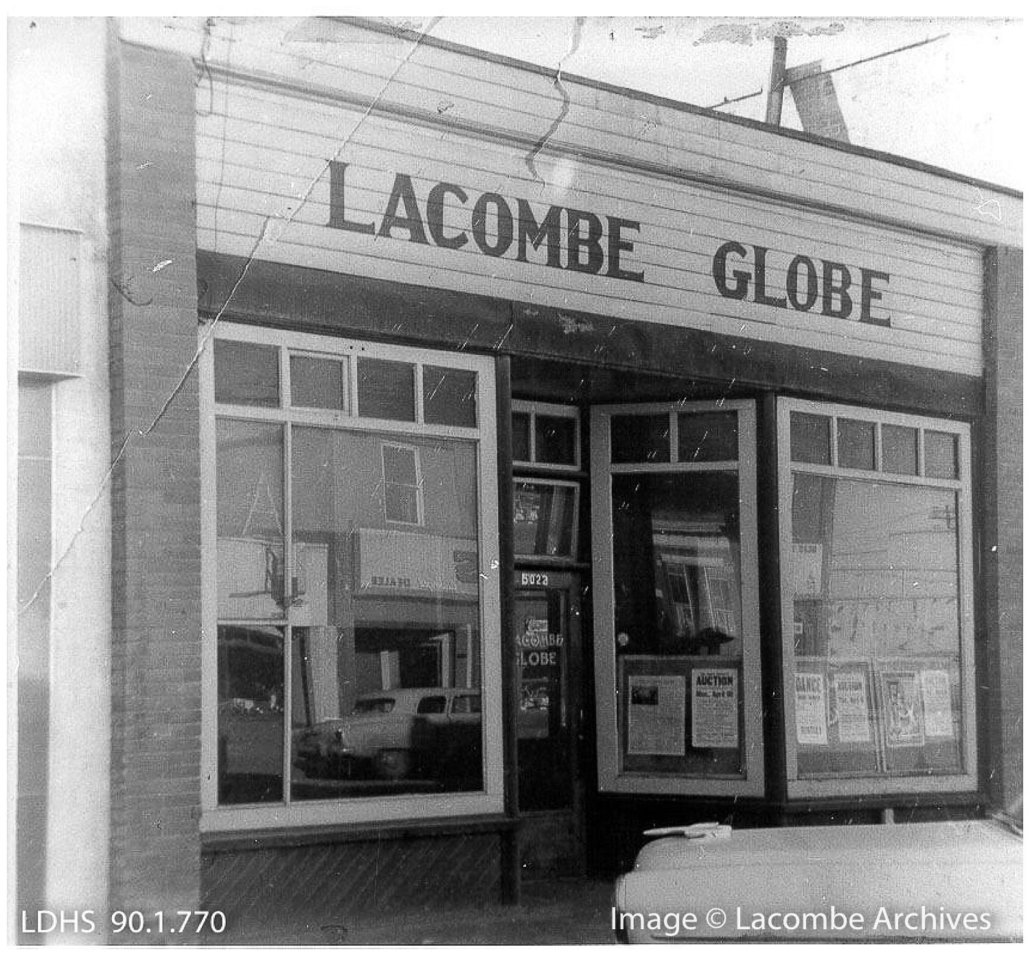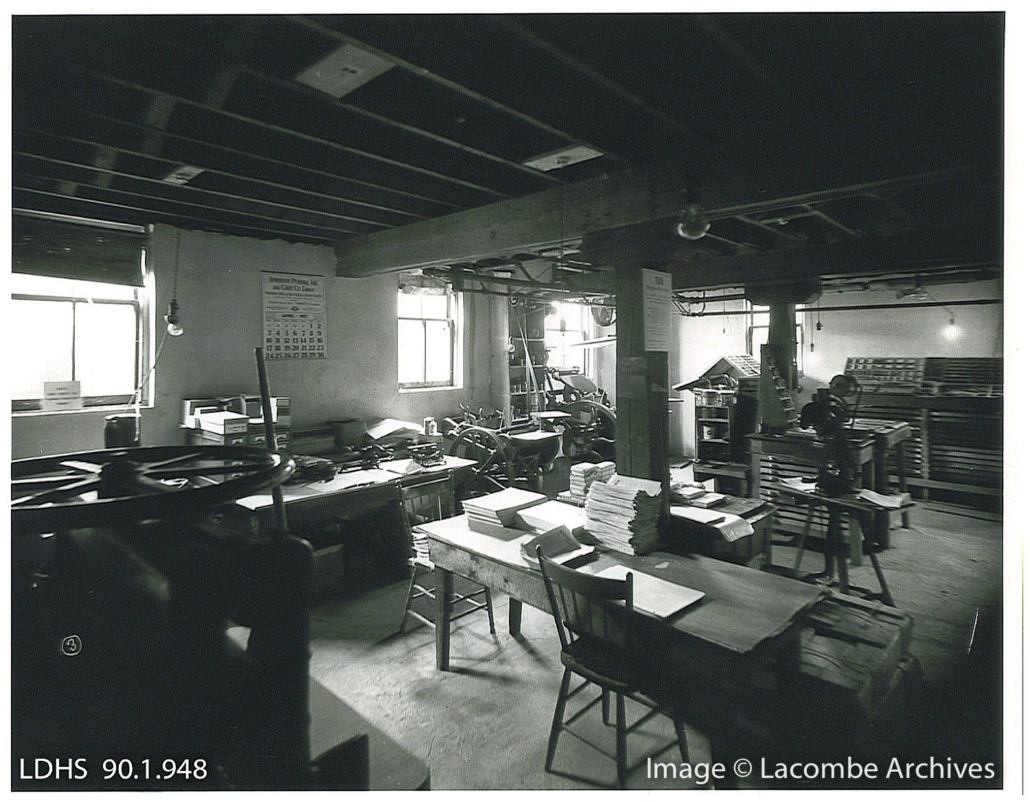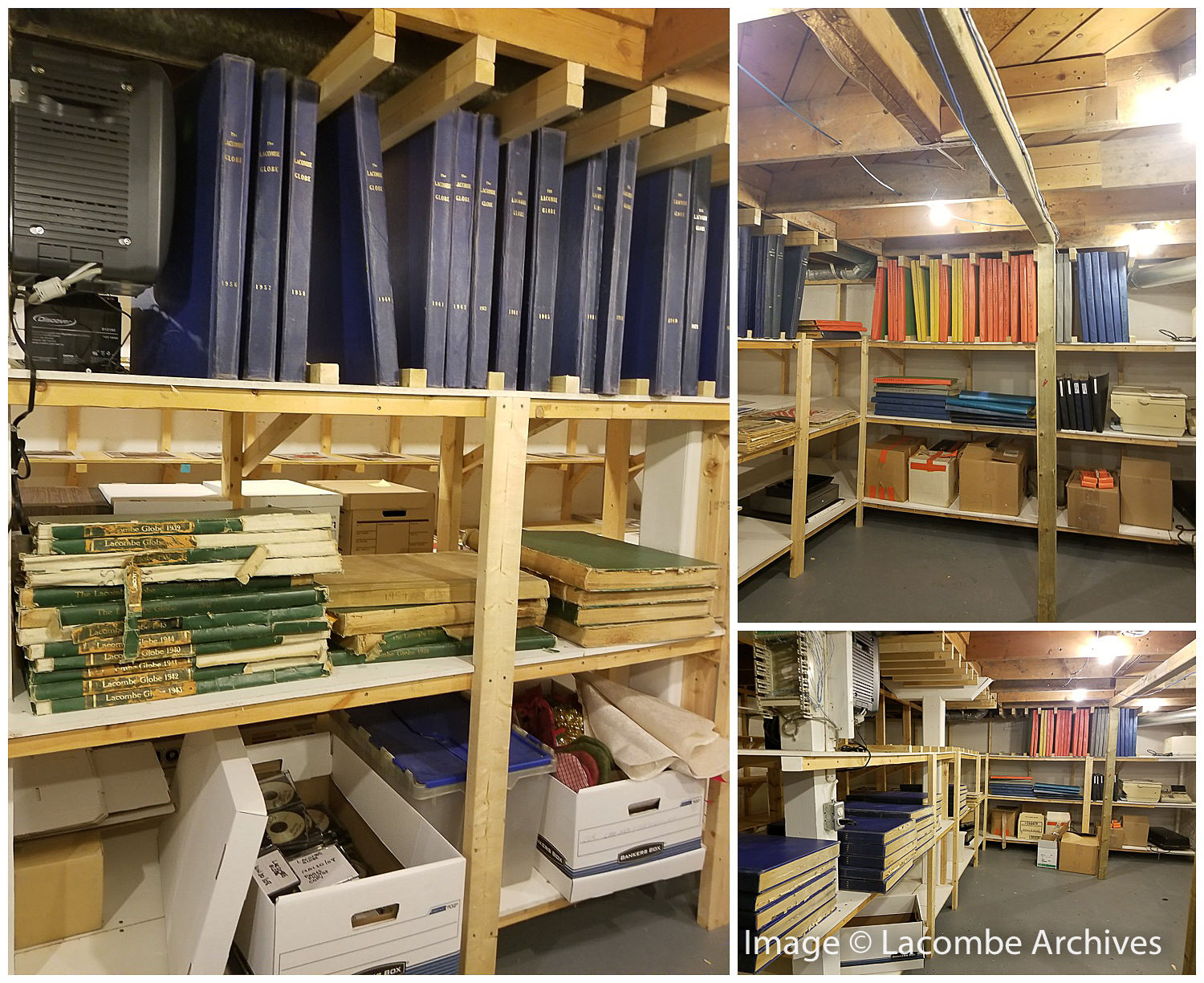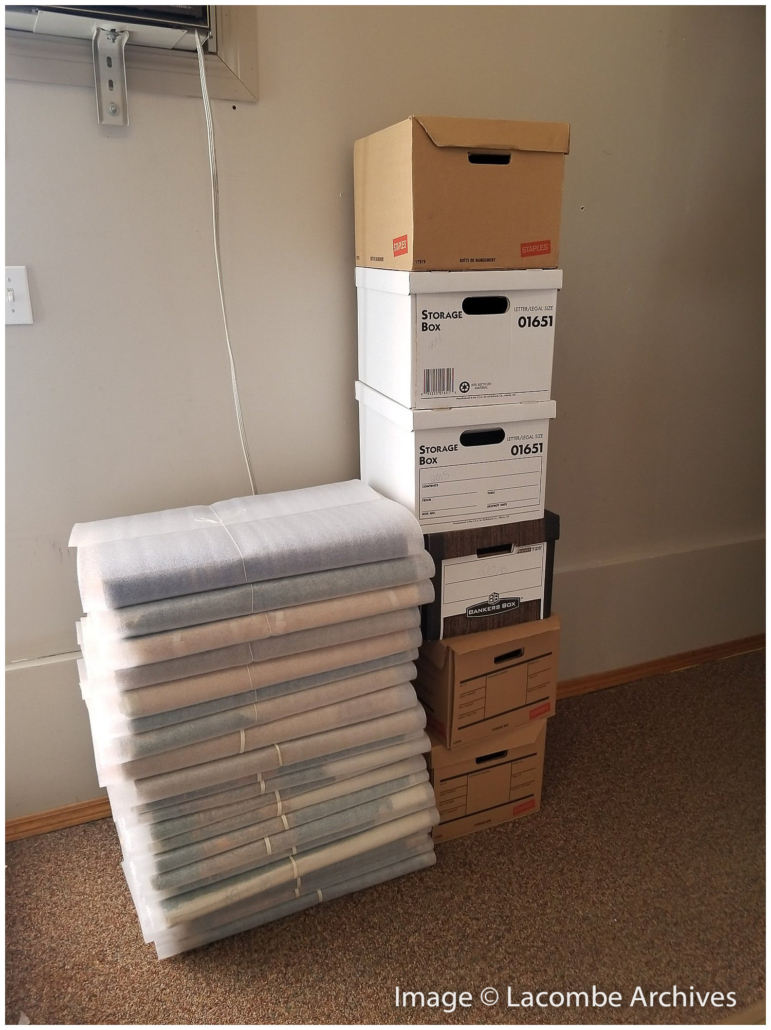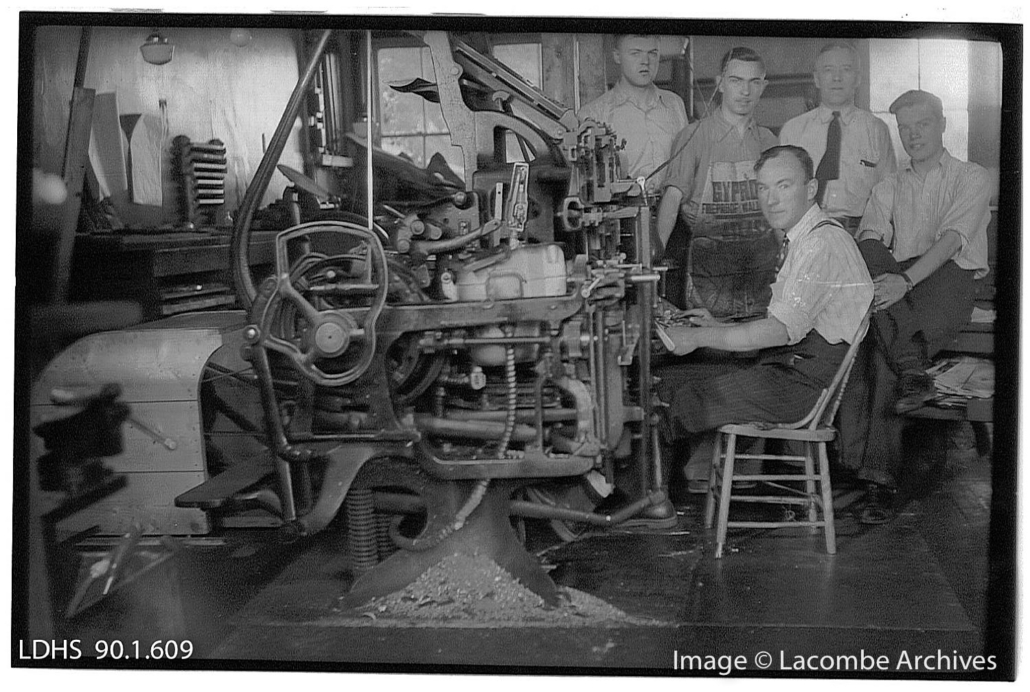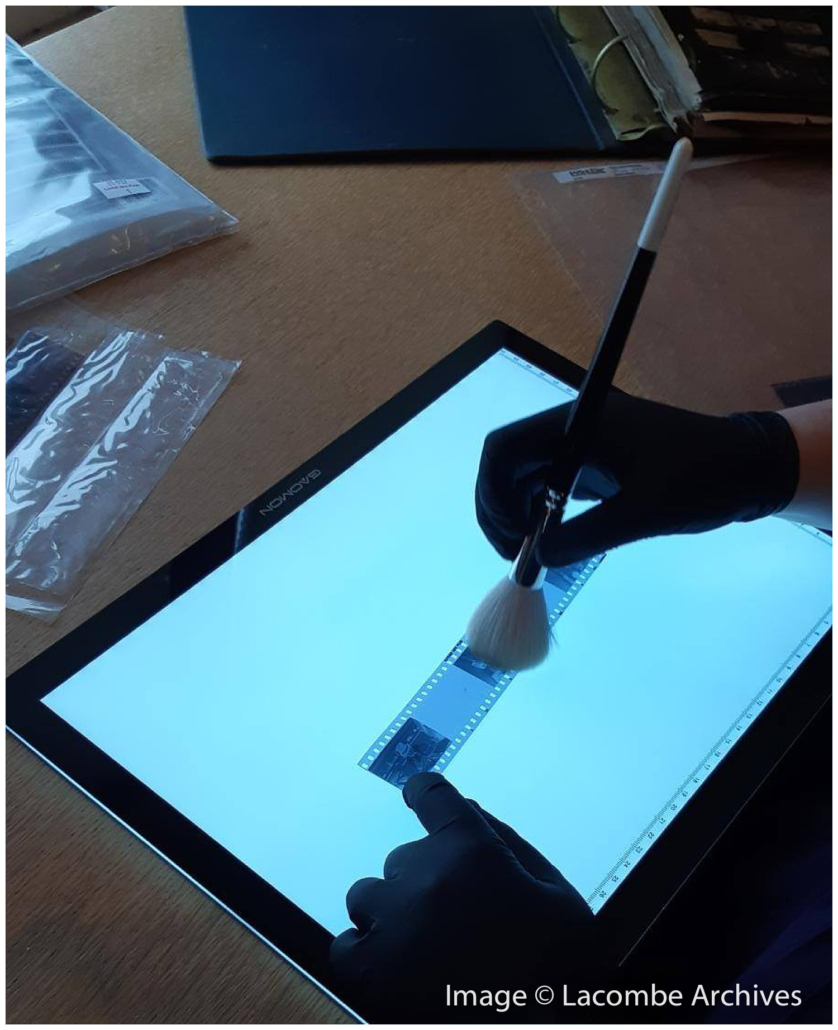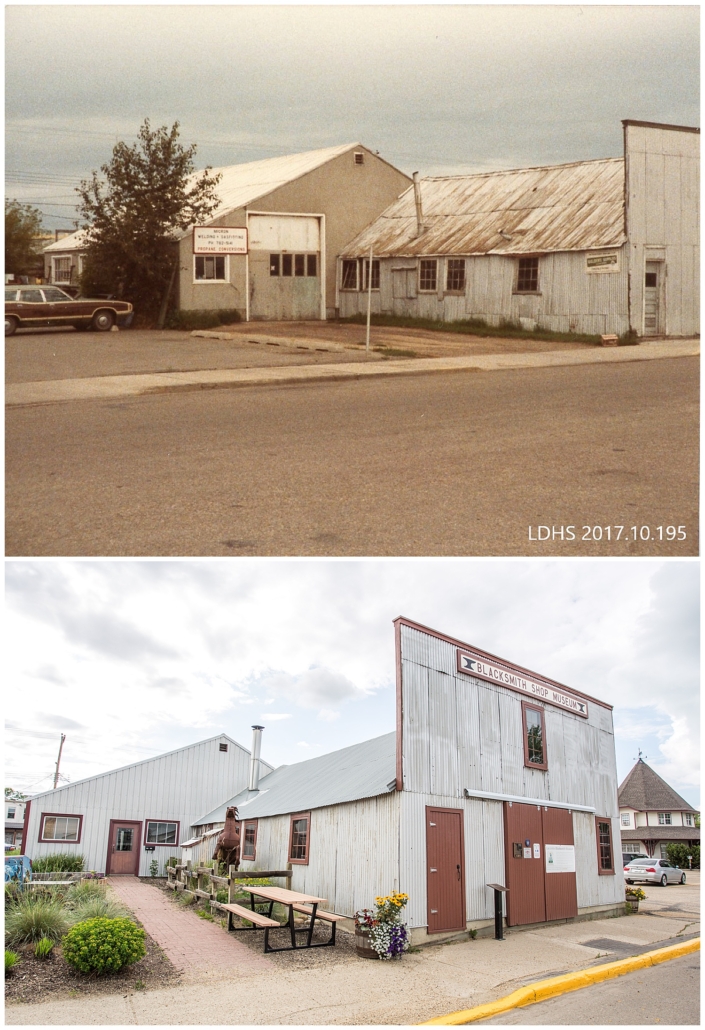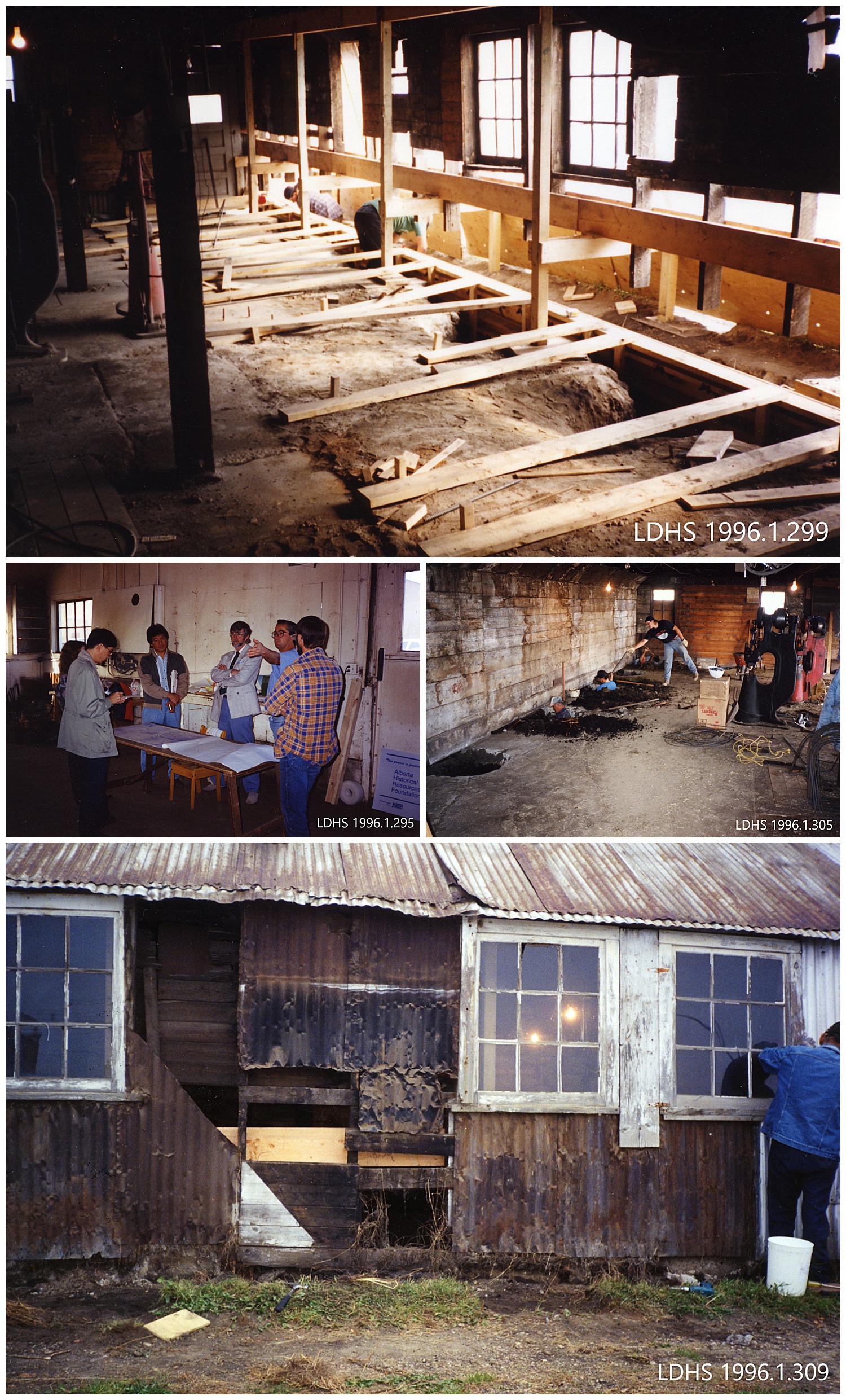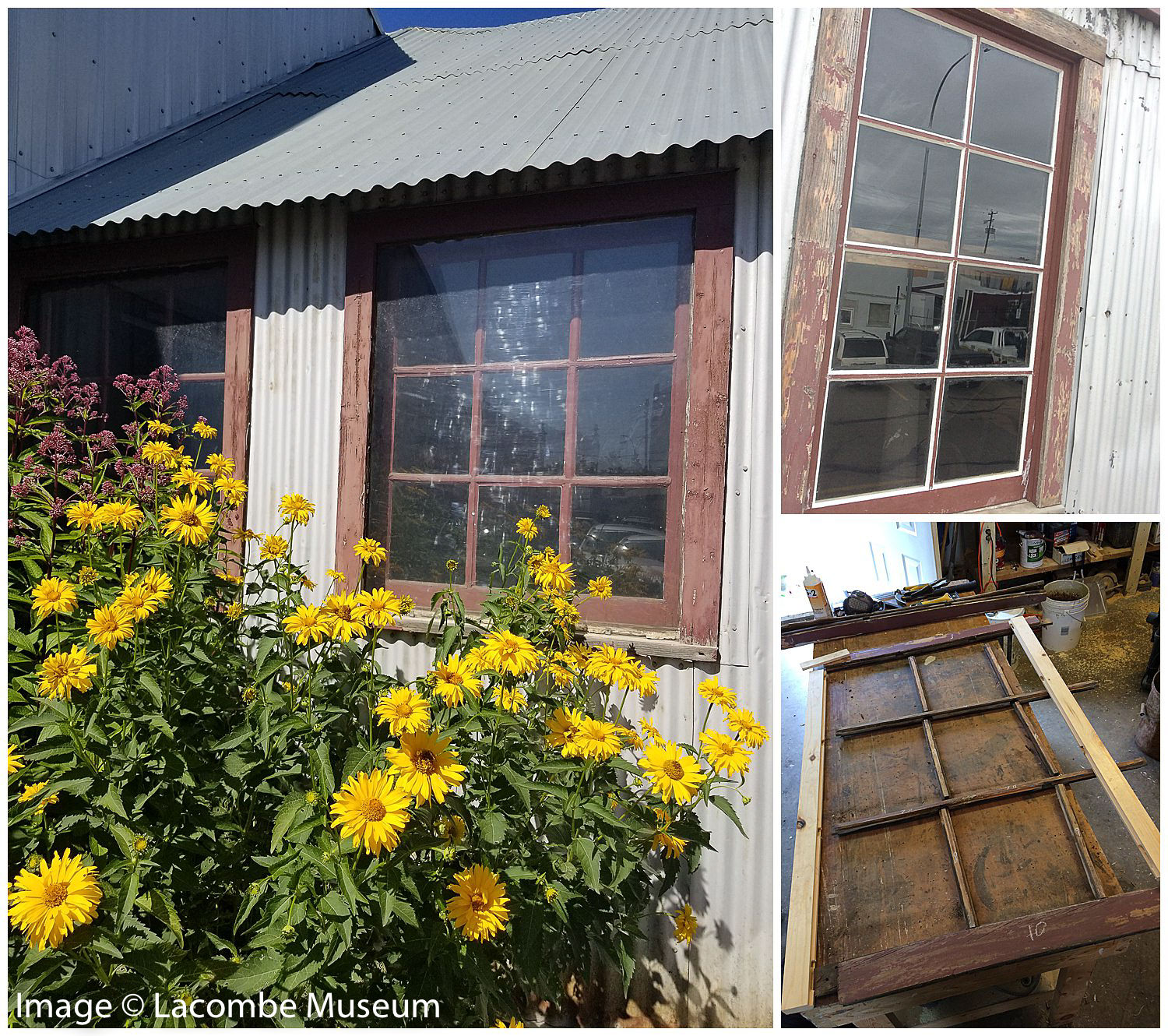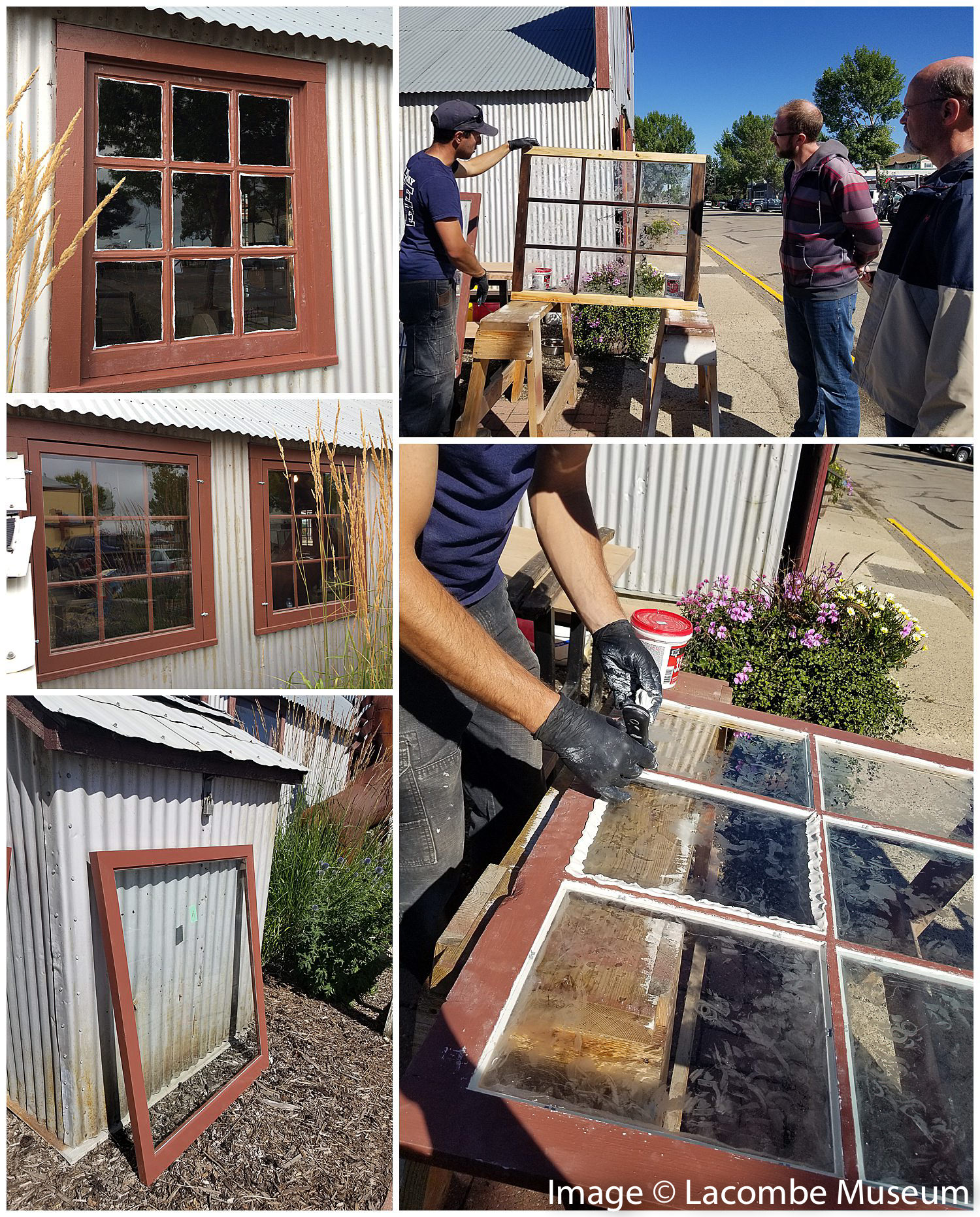Commemorative Sword | Behind the Scenes
Being the Governor General of Canada can have certain perks such as receiving gifts from the Royal Family. Being the museum in the city in which one of those Governor Generals was born also has perks such as getting to house those gifts. One such gift is a commemorative sword from the investiture of the Prince of Wales.
The Rt. Honourable Roland Michener
His Excellency, the Right Honourable Roland Michener was born in 1900 right here in Lacombe, Alberta at what is now the Michener House Museum. At the time of his birth this house was a manse for the Grace Methodist Church where his father, Edward Michener (later to become Senator Edward Michener), was a minister at the time. The family soon after moved to Red Deer and then to Ontario so that Michener could better pursue his goals.
You can discover more about the history of the Michener House in our virtual exhibition, Michener House, Through the Years.
Michener’s Career
Roland Michener had a very full career. He was a Rhodes Scholar at the University of Oxford before returning to Canada to practice law for a short time before pursuing politics. Michener started his political career on the provincial level in Ontario before setting his sites on federal politics in 1949. Michener was elected as a Member of Parliament in 1953 before being chosen as the Speaker of the House in 1957, a position he kept until 1962 after a shocking loss of his riding in that election. After a brief intermission of once again practicing law, Michener began his diplomatic posts as high commissioner to India and Canada’s first ambassador to Nepal. It was on a trip to India that Michener was called back to Canada to become Canada’s 20th Governor General, residing in this position from 1967 (the year of Canada’s centennial) until 1974.
You can discover more about the personal and political life of Roland Michener in our virtual exhibition Rooted in the West.
The Sword
This brings us to this sword. During his time in the federal government Michener received many tokens and gifts, and as the Governor General Roland Michener had a formal duty to represent the crown of England in the Canadian Parliament. In 1970 Roland Michener was given two gifts in commemoration of the investiture of the now King Charles III as the Prince of Wales including a bust of the Prince, and this sword. 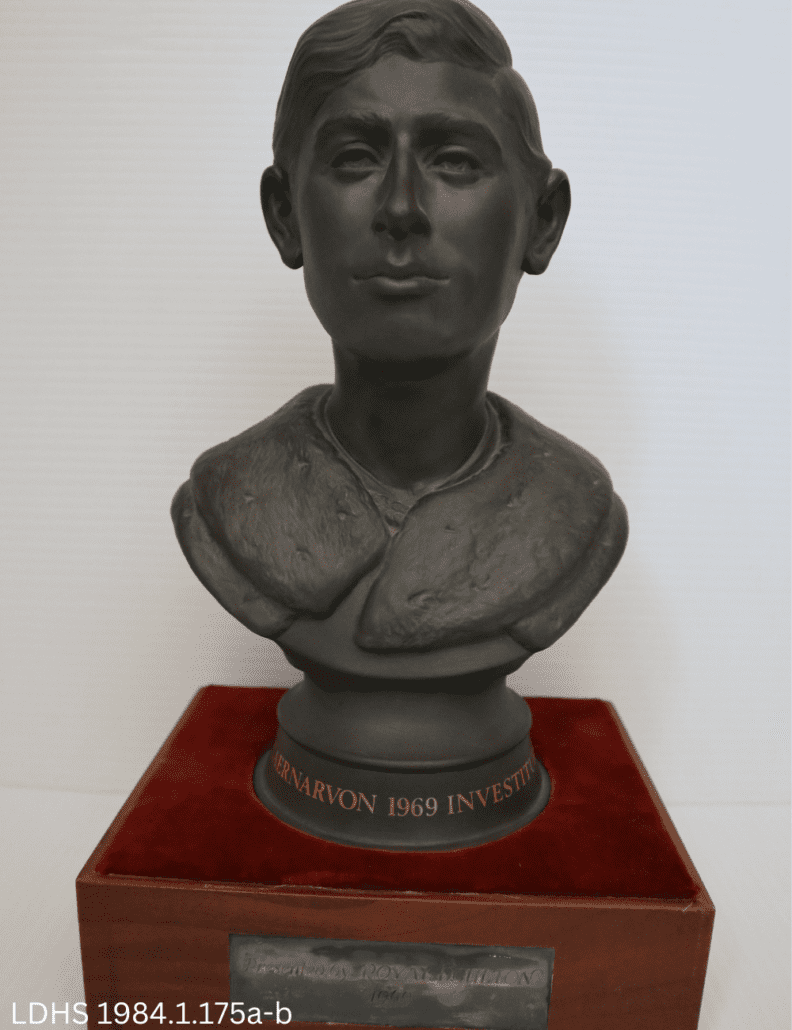
This commemorative sword itself is a replica of fighting swords used by crusaders in the 12th century when the first Prince of Wales was invested. On the blade itself is the inscription “Presented to the Governor General of Canada His Excellency The Right Honourable Roland Michener.CC.CD” and “By Wilkinson Sword (Canada) Ltd. February 1970”. The Wilkinson Sword Company was founded in 1772 as a producer of guns; however, in the 20th century they were known to create ceremonial swords for the British including the sword used for the Golden Jubilee of Queen Elizabeth II in 2002. Now the company is best known for their razors and personal care items!
The pommel atop the grip has the Prince of Wales feather badge; three ostrich feathers emerging from a coronet with a ribbon below stating the motto “Ich Dien” meaning “I Serve.” The wooden plaque which holds the sword also has a gold plate stating “Knightly Sword 1272-1307. Exact replica of the fighting sword as used by the crusaders. The first Prince of Wales was invested in February 1301. This sword commemorates the investiture of Prince Charles 21st Prince of Wales at Caernarvon on July 1st 1969.”
There were 1000 replica swords made for this occasion and the cost to purchase on in 1969 was around $325.00CAD which would amount to around $2,600.00CAD today. The current value of this sword is almost impossible to determine, not only due to the recent coronation of King Charles III, but also due to the personalized nature of the sword gifted to Roland Michener.
Written by Brittany Kerik, Collections Registrar and Researcher, Lacombe & District Historical Society.
Edited by Melissa Blunden, Executive Director & Curator, Lacombe & District Historical Society.
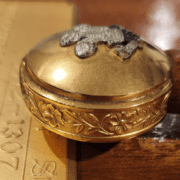
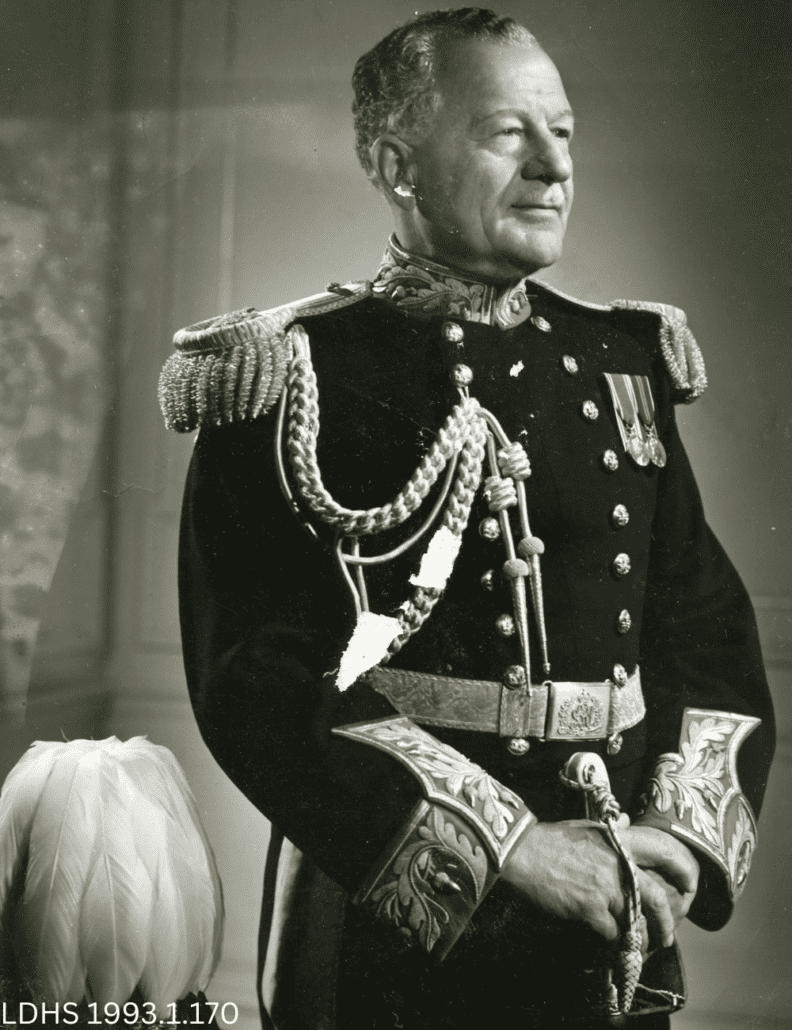
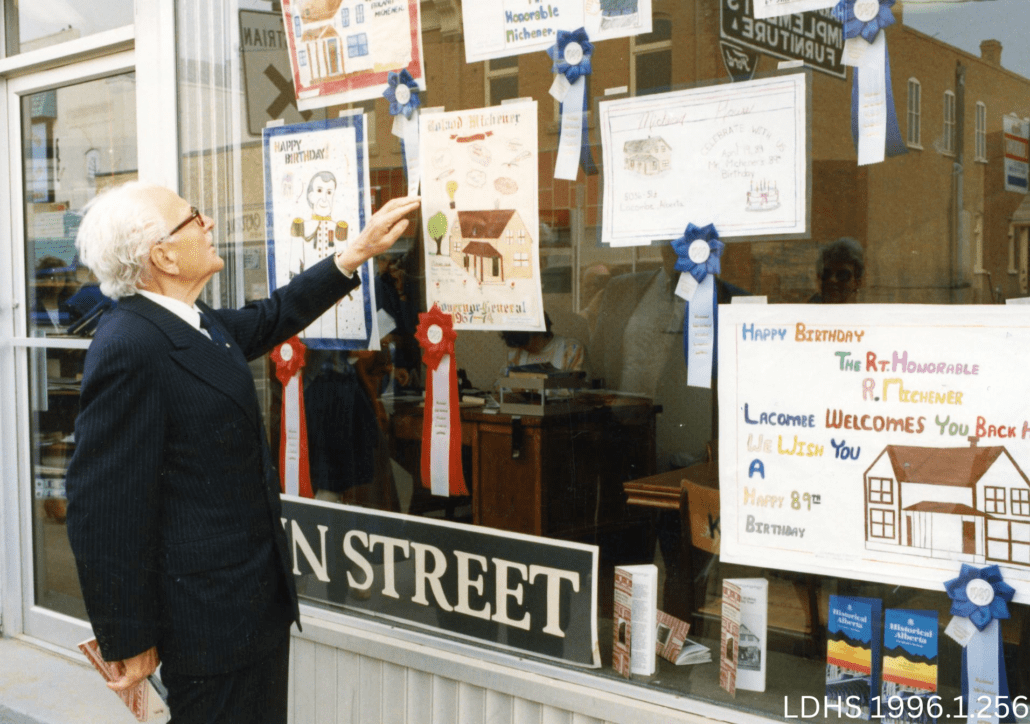

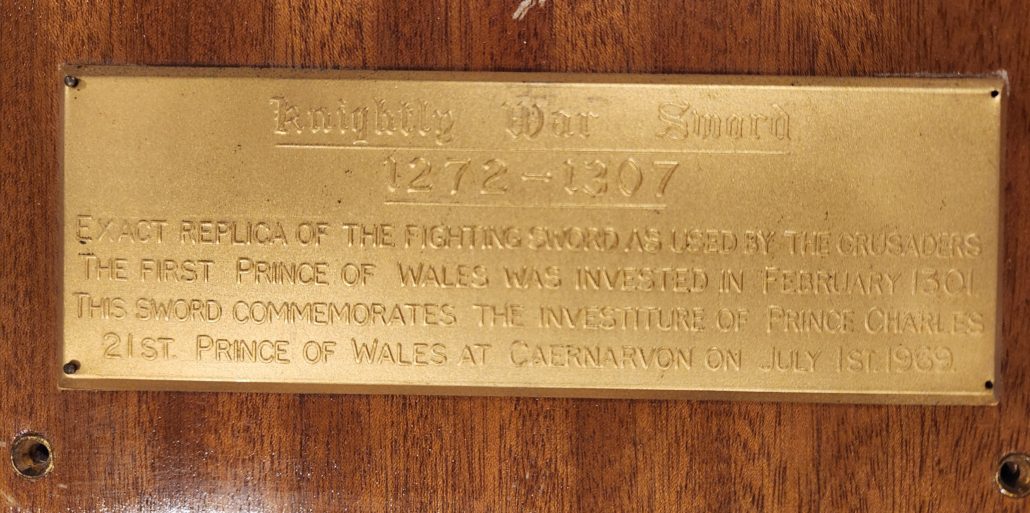
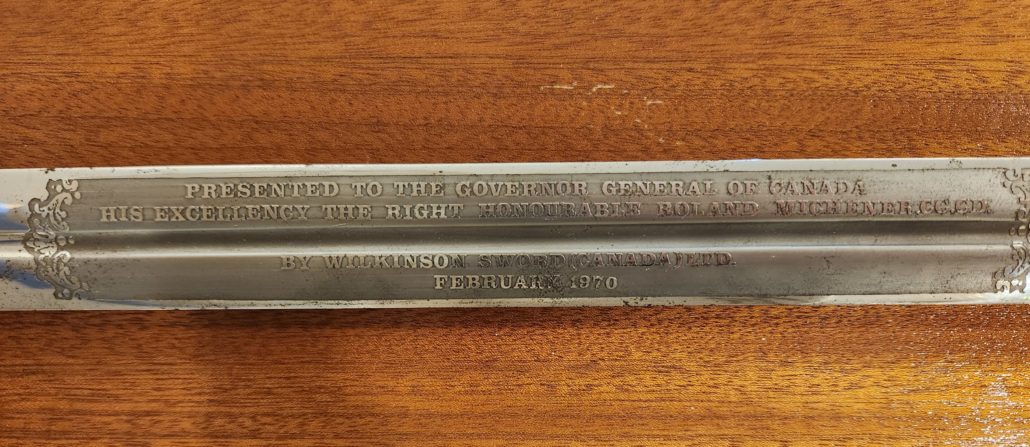
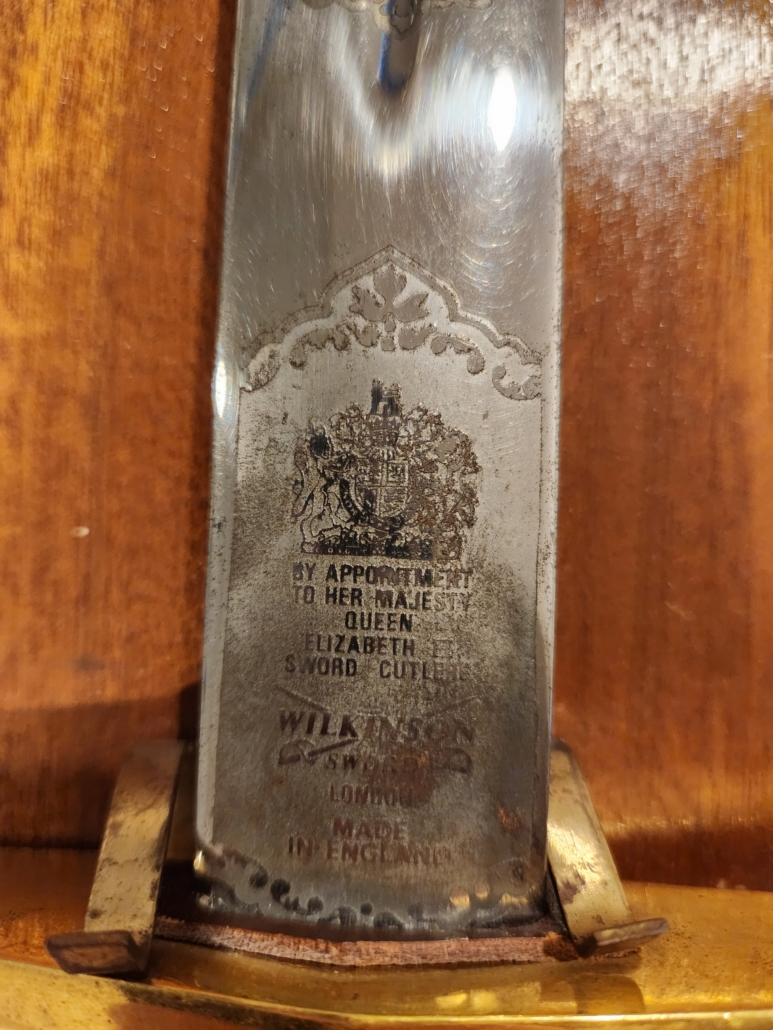
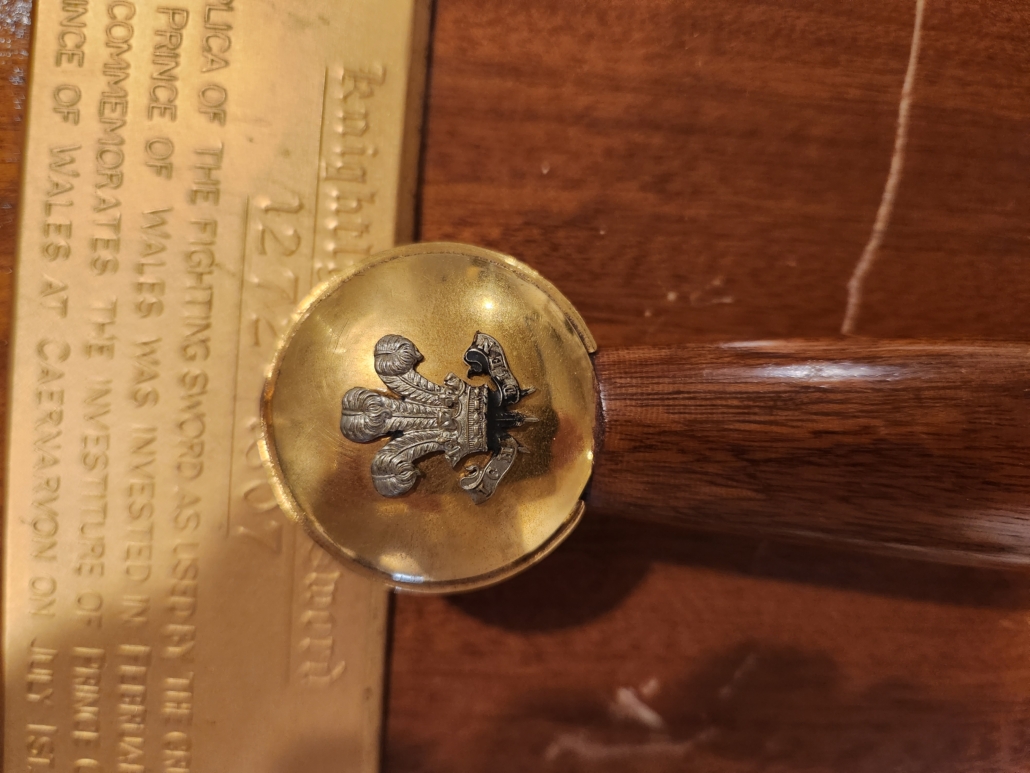
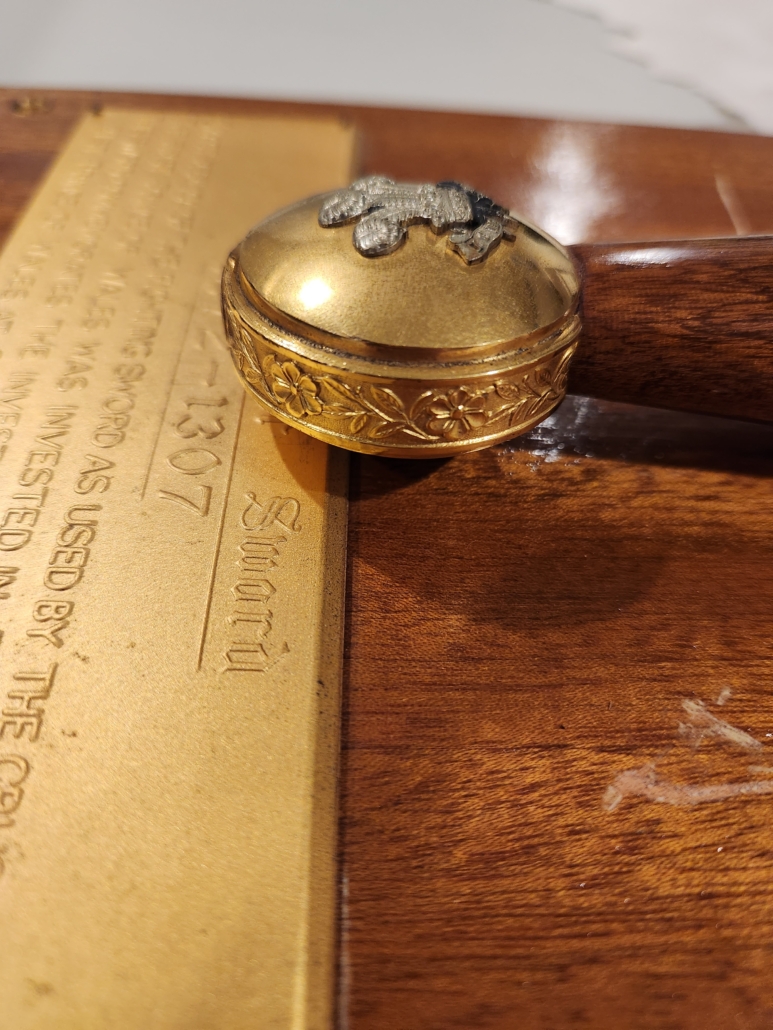
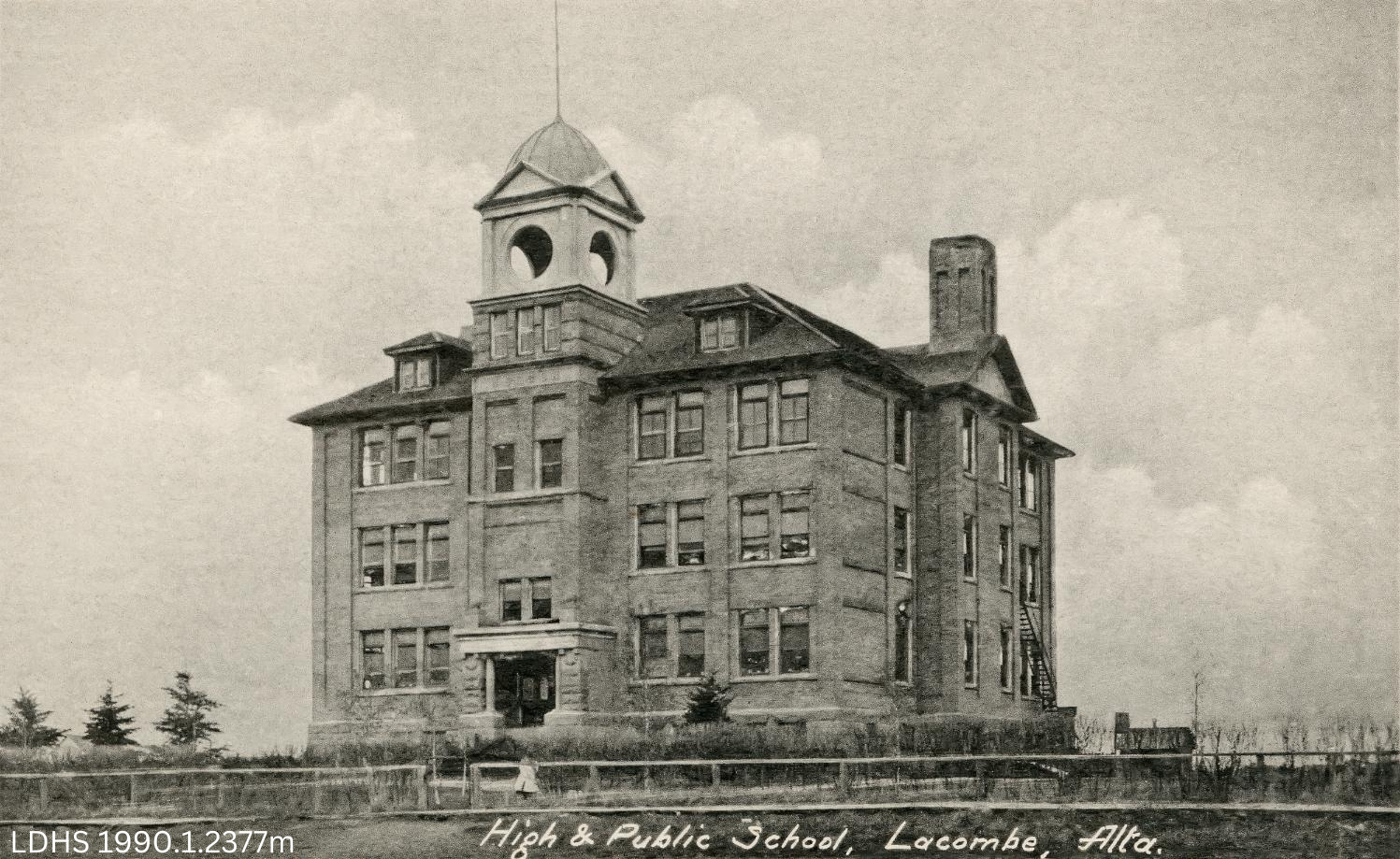
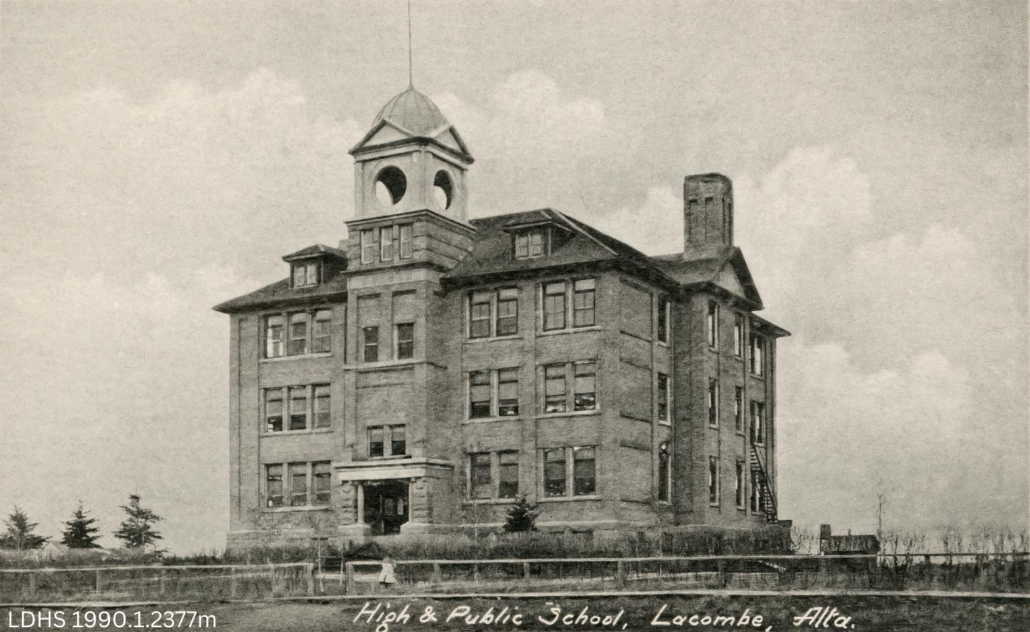

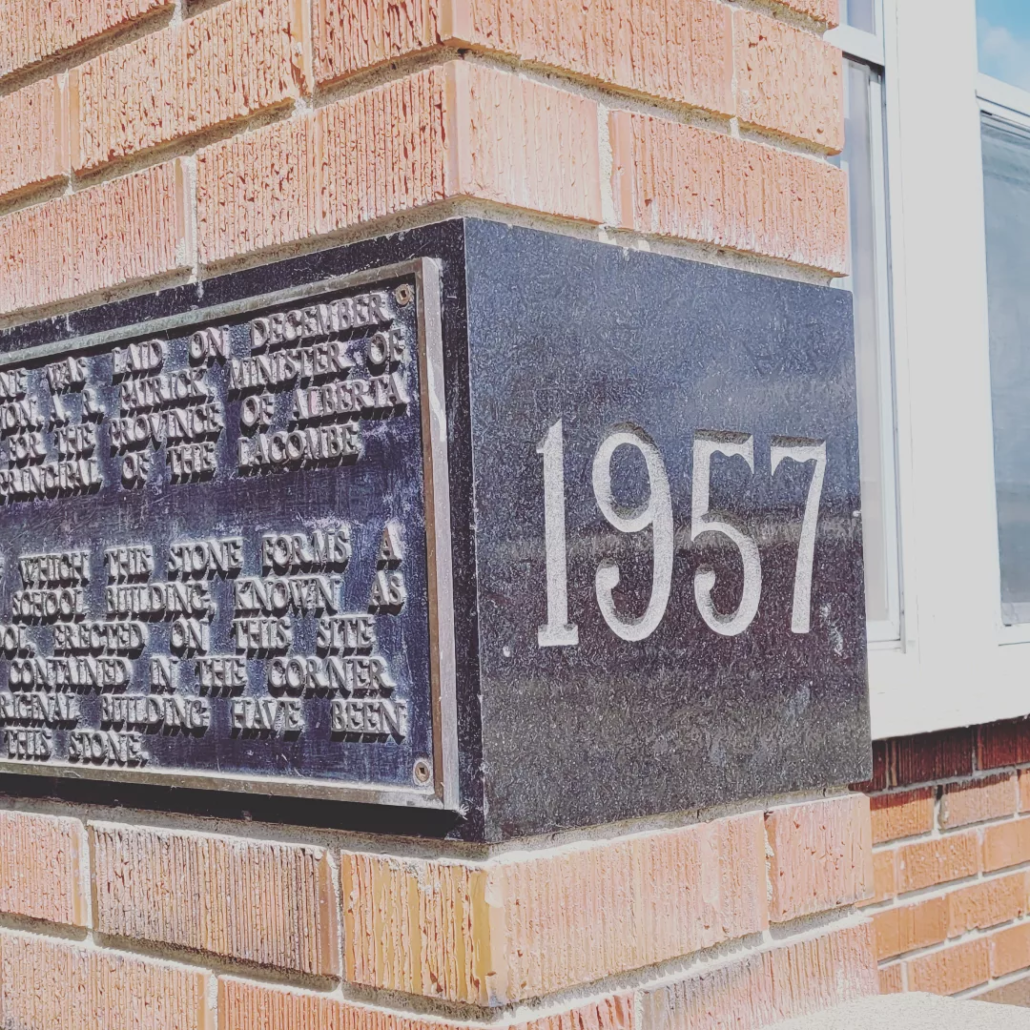
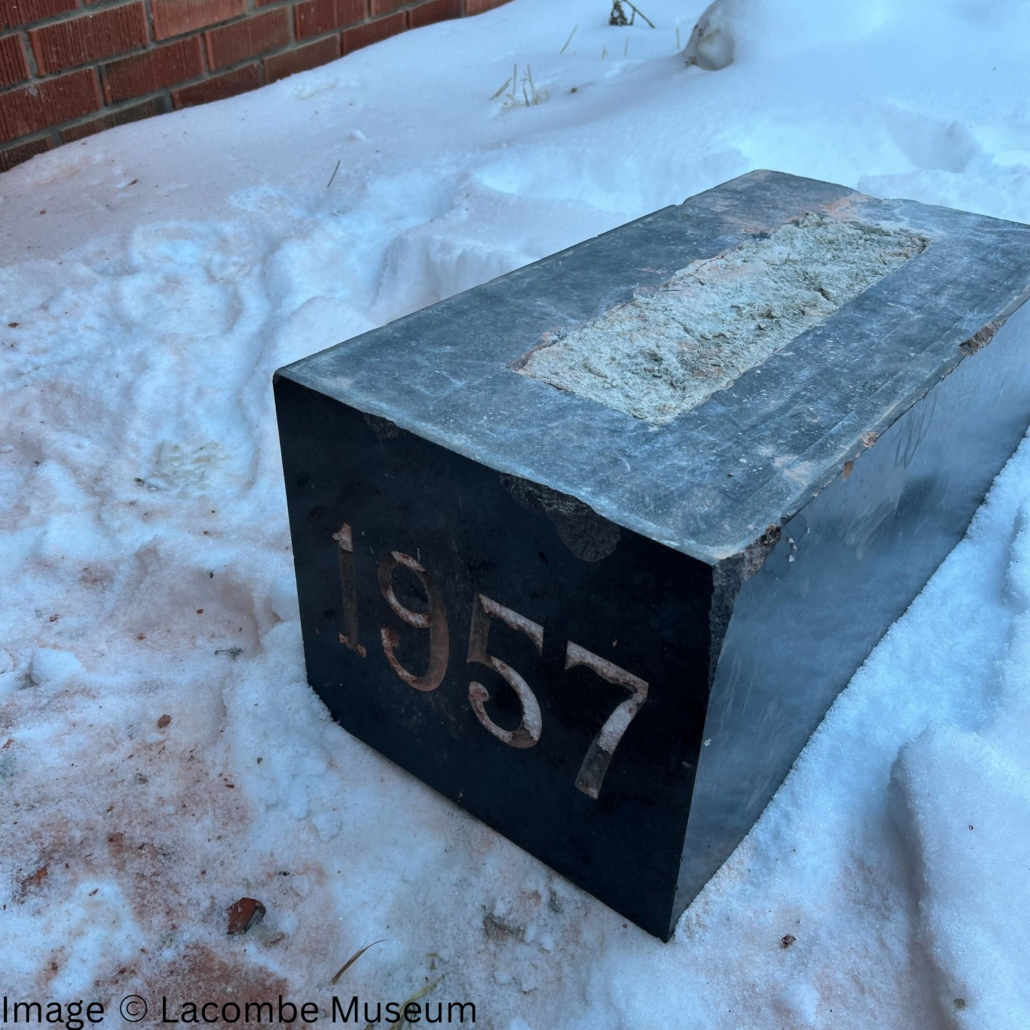

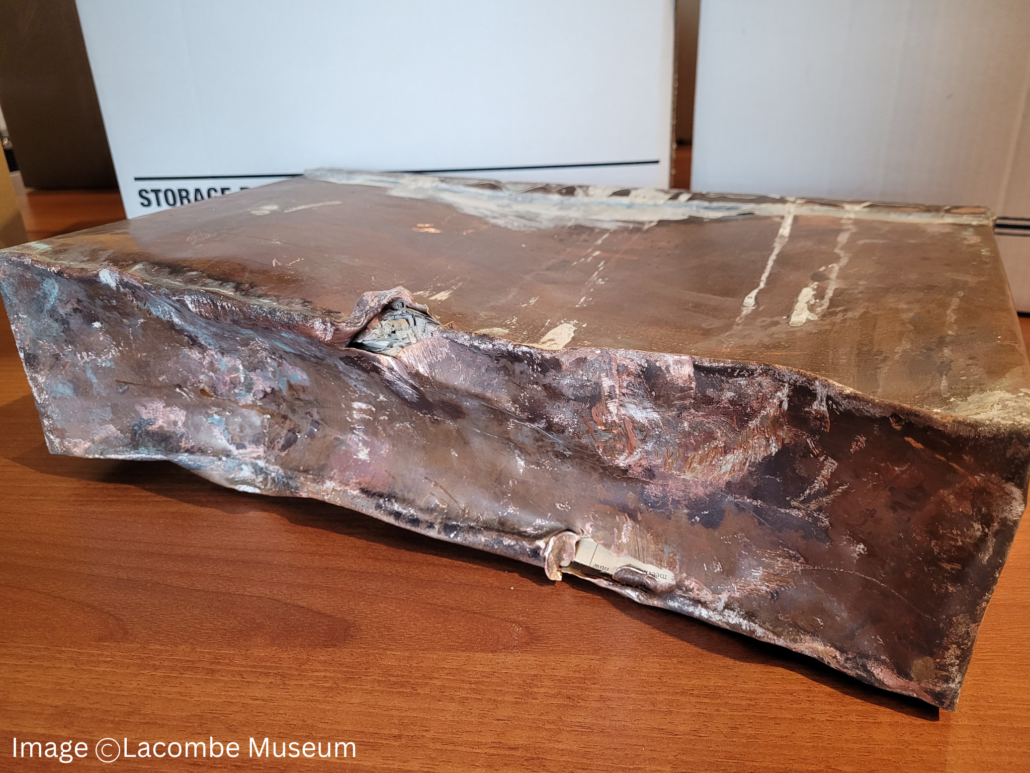
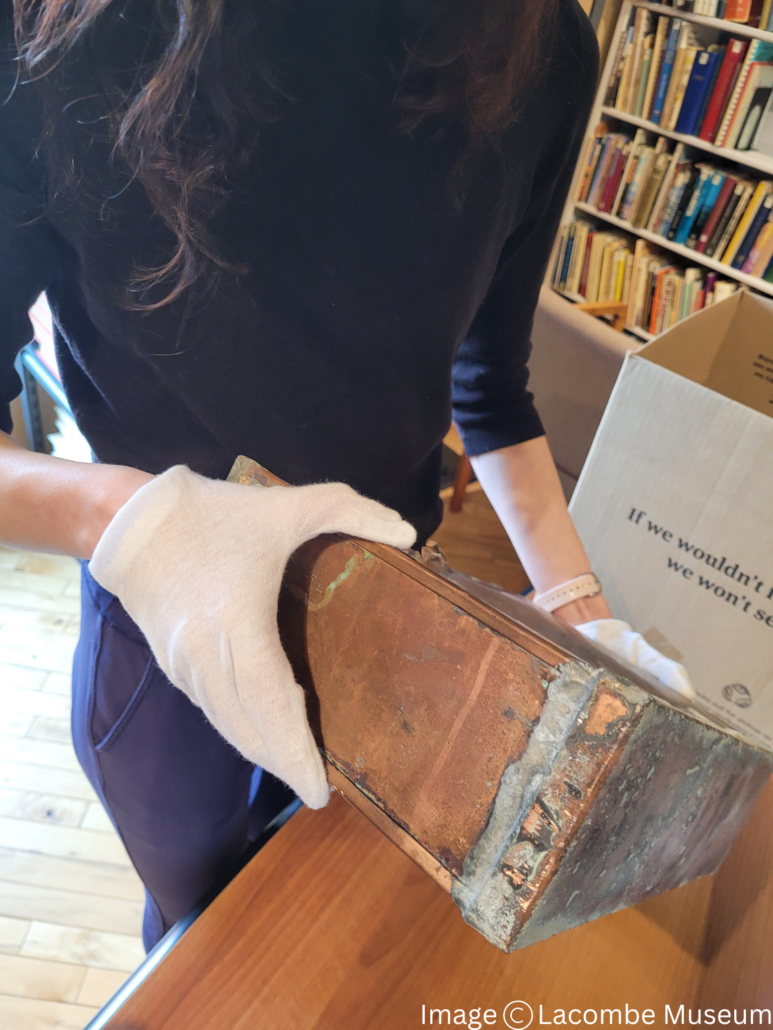
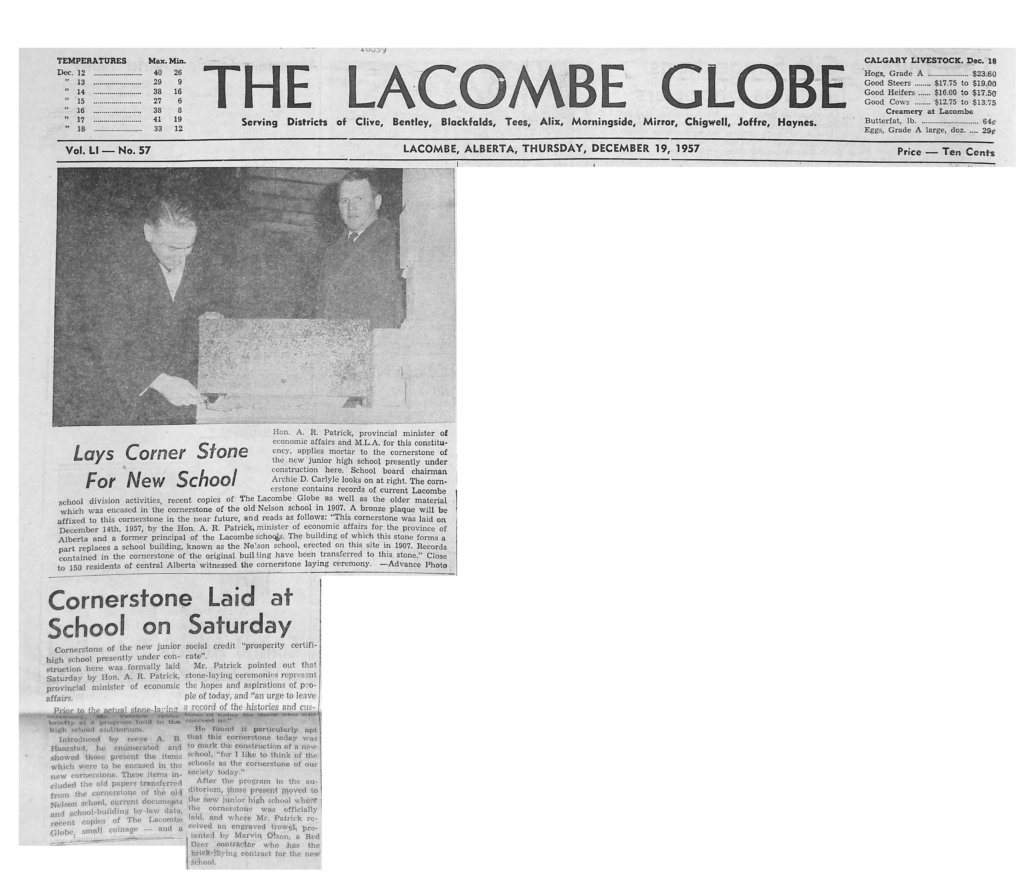
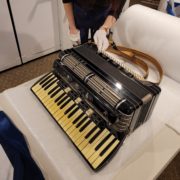
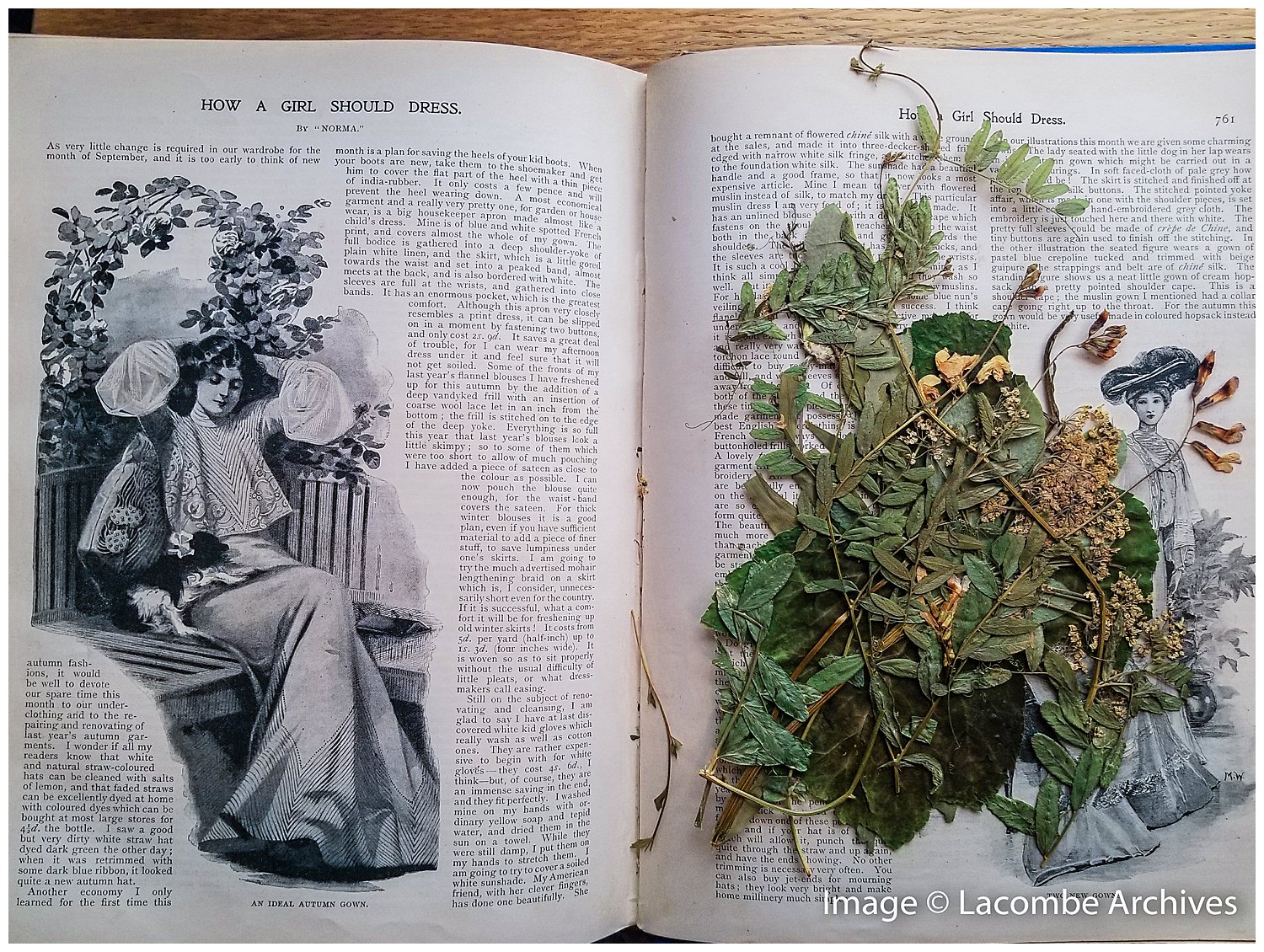
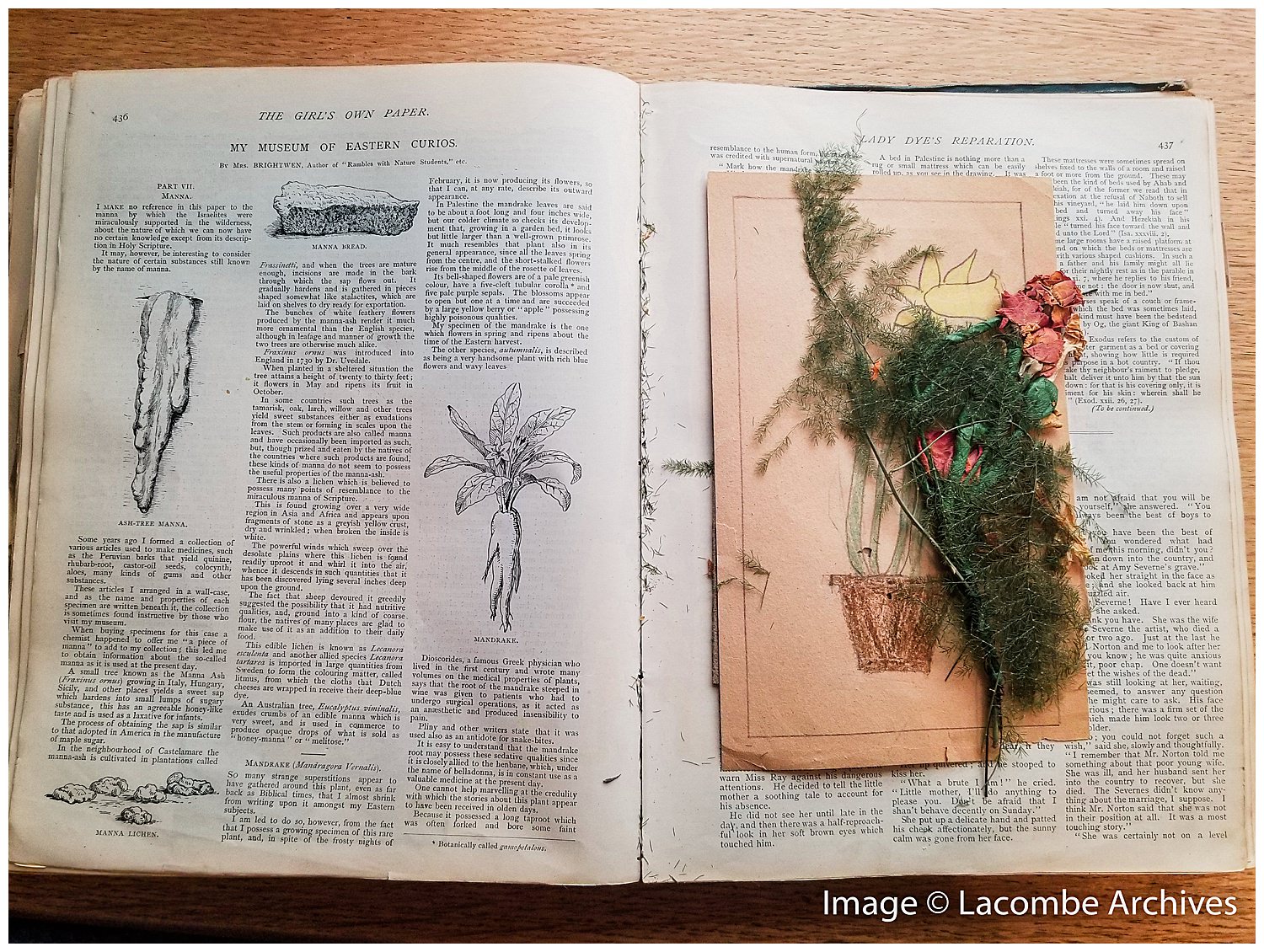 A special surprise from the past
A special surprise from the past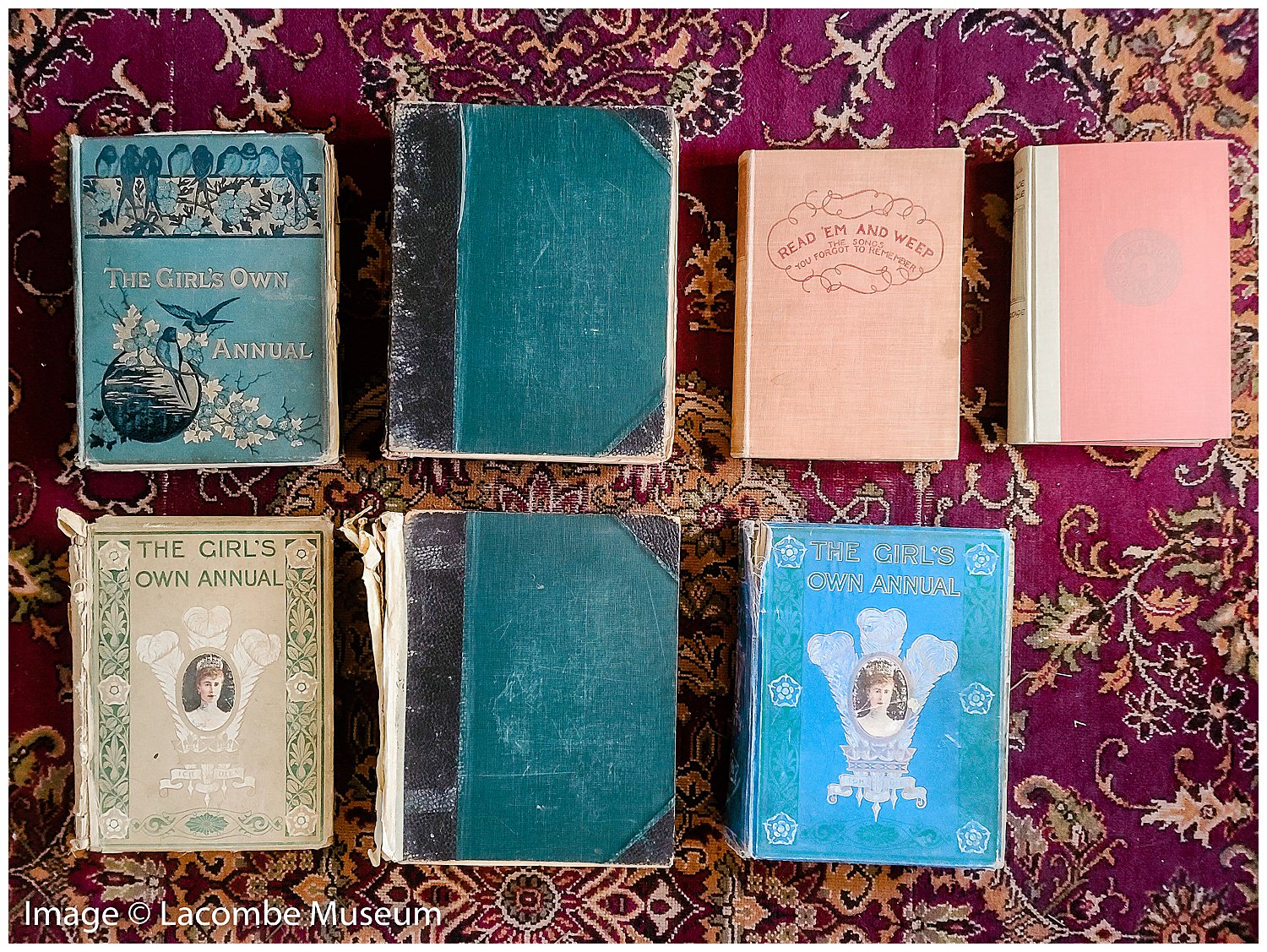
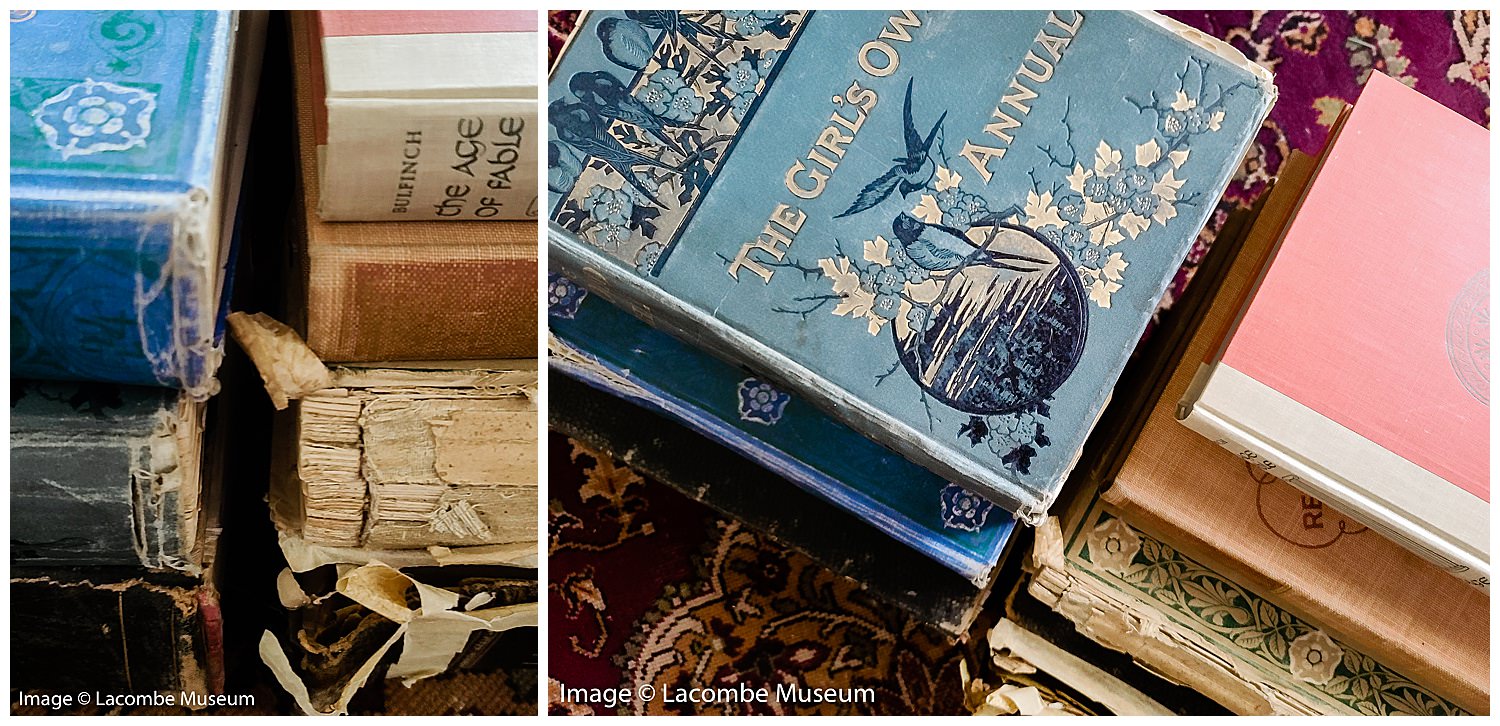
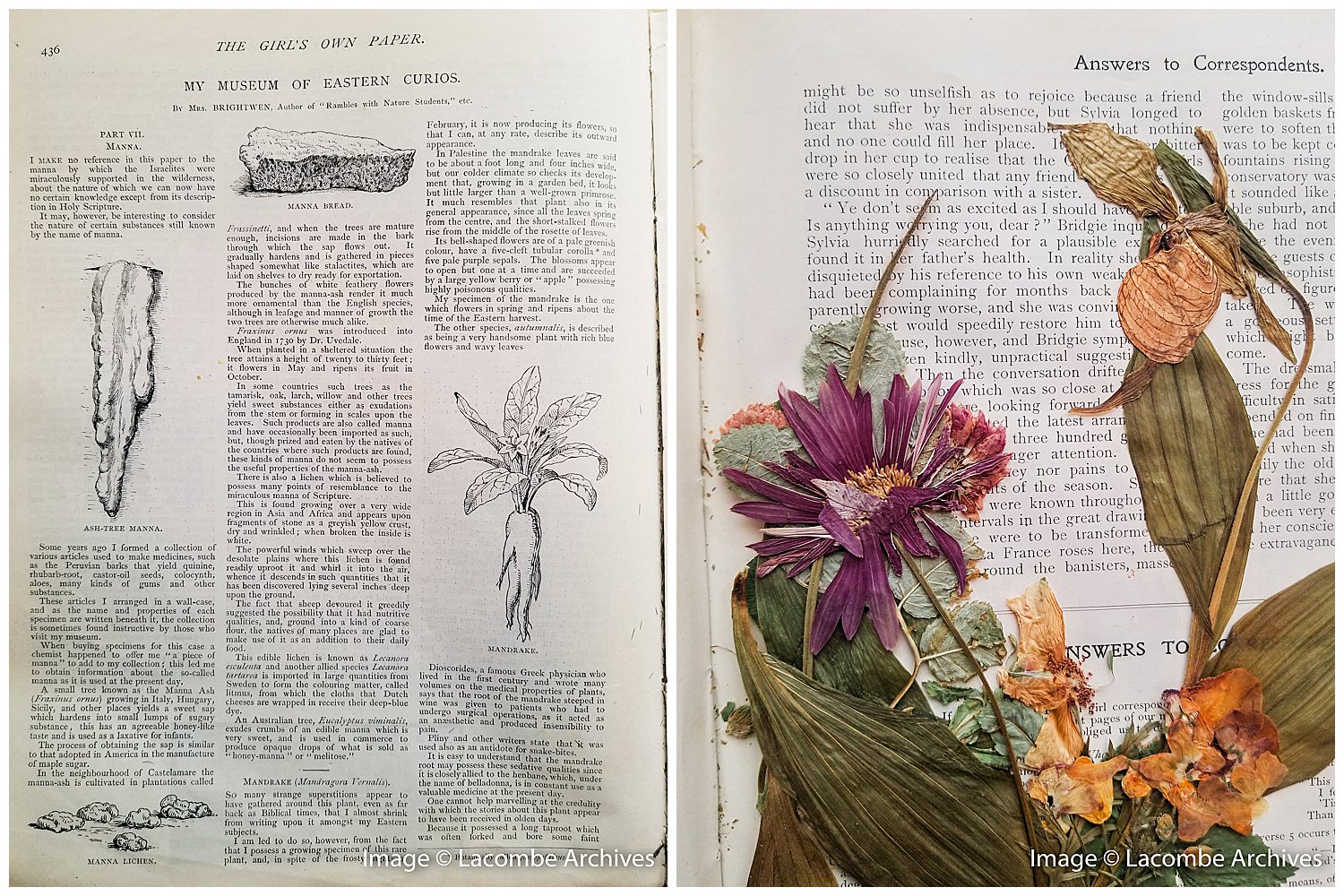
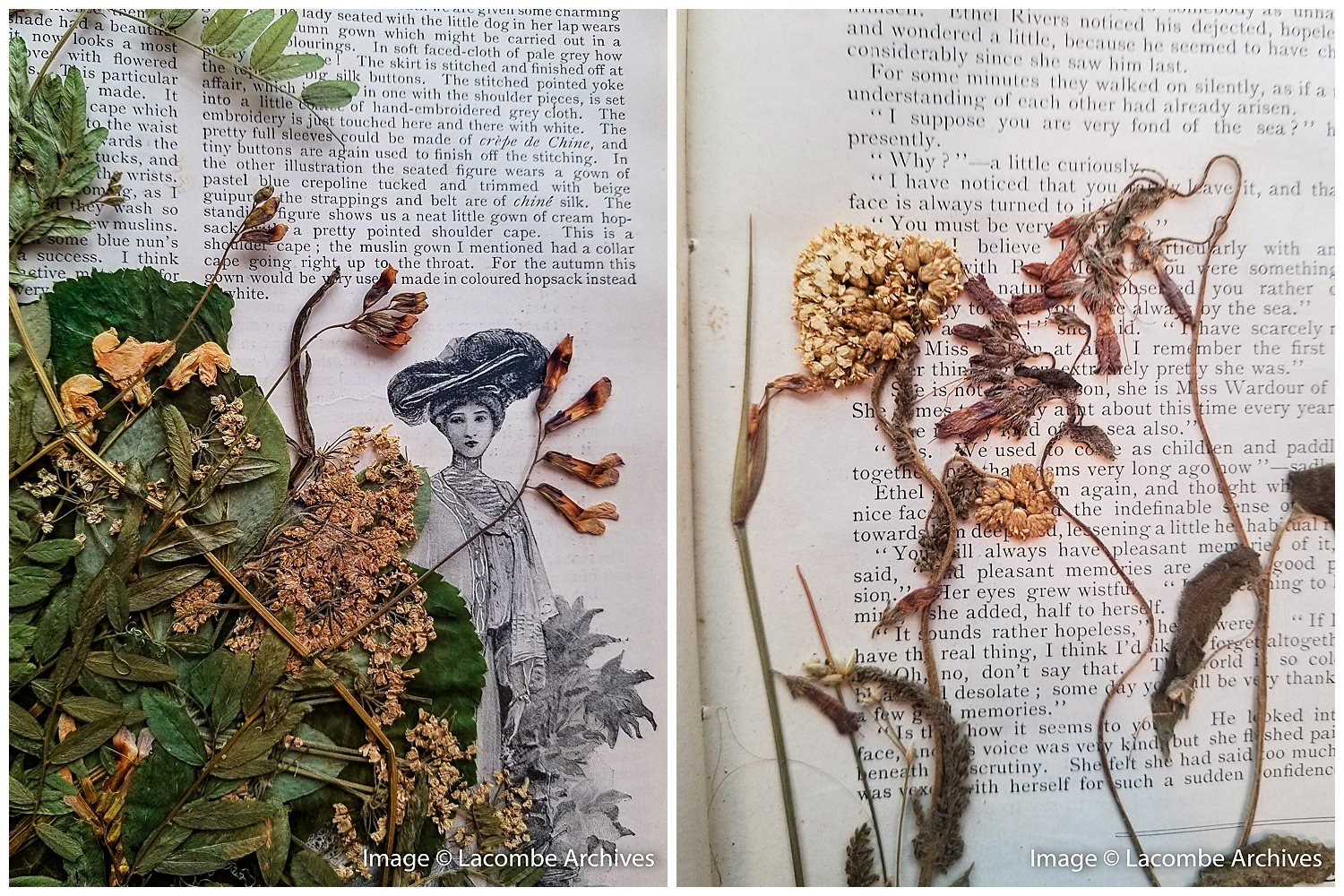

 Conservation Challenges
Conservation Challenges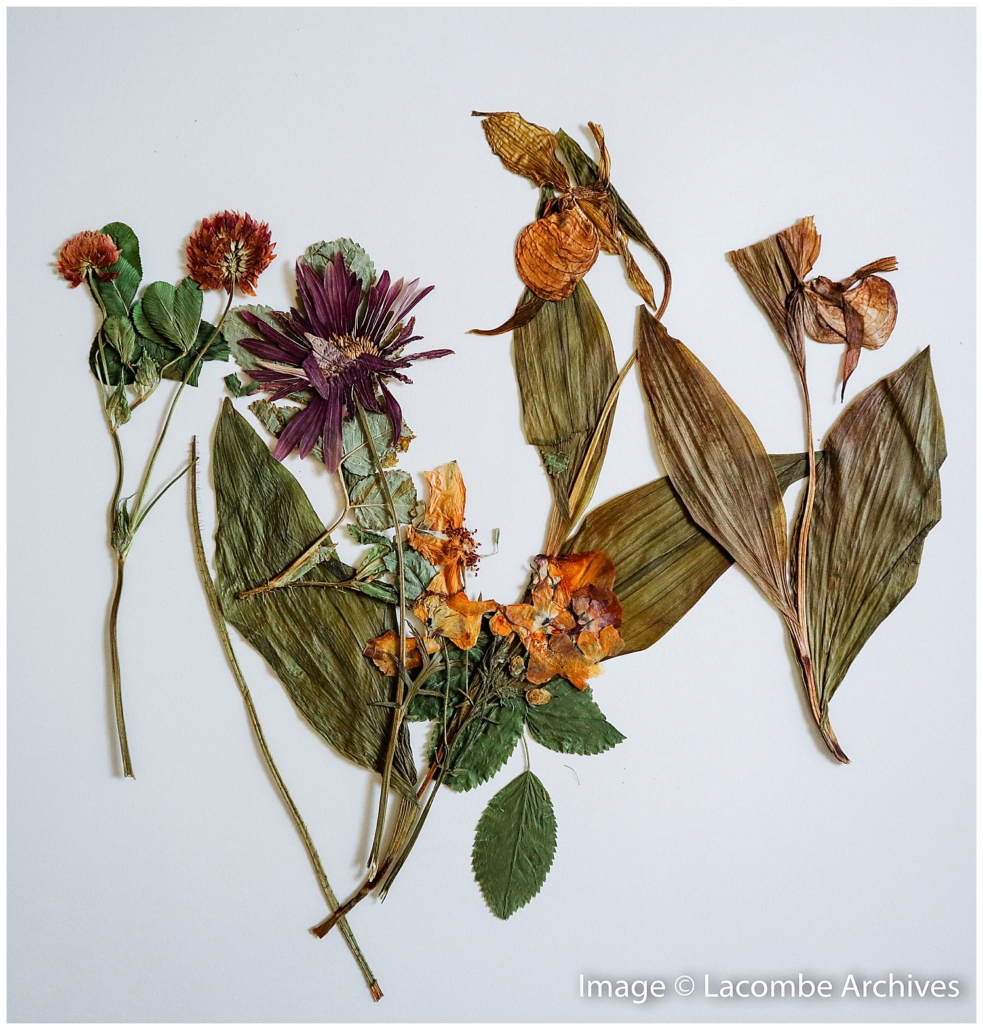
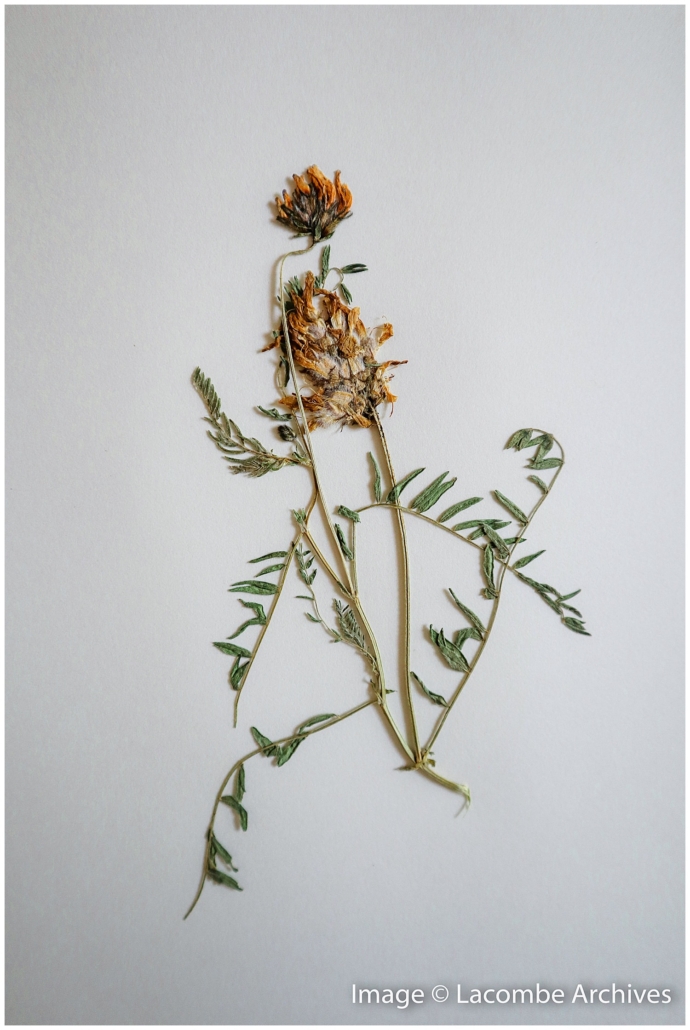 More Finds
More Finds